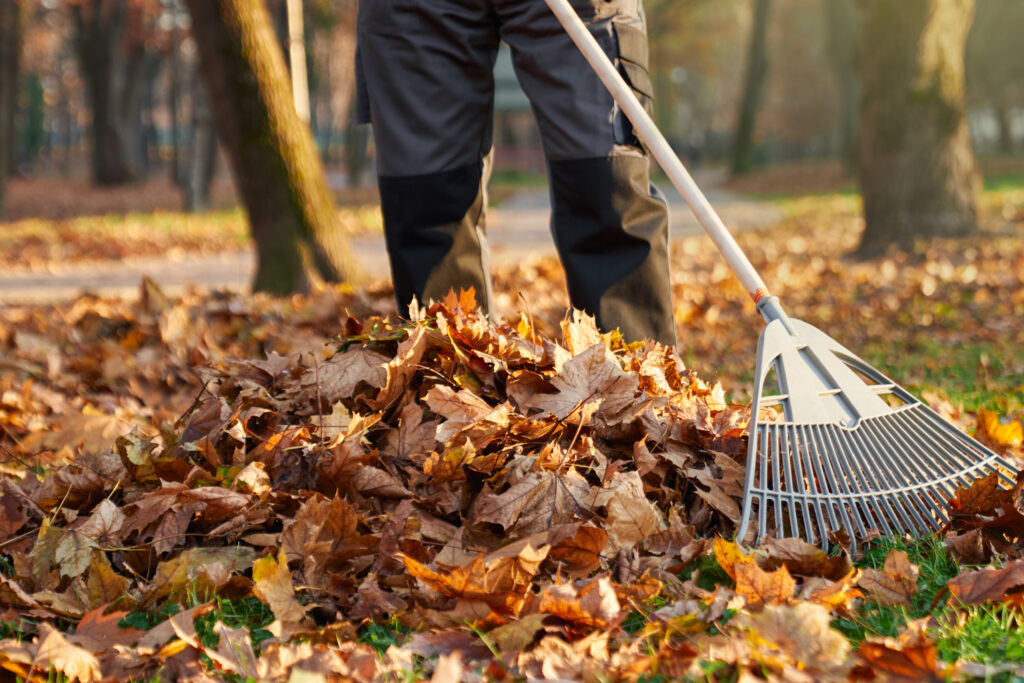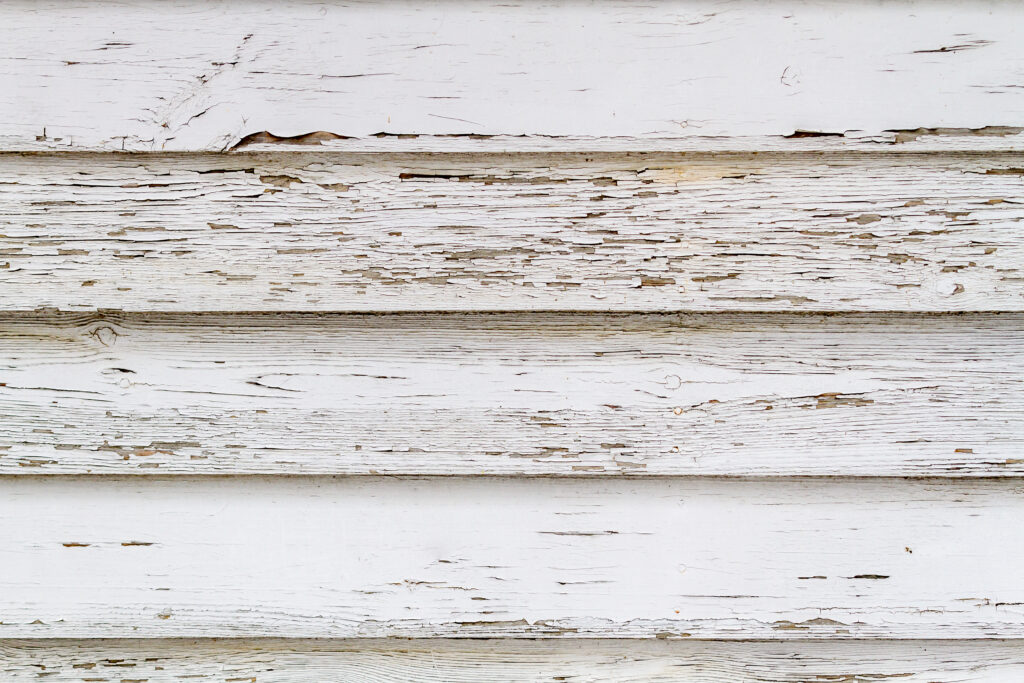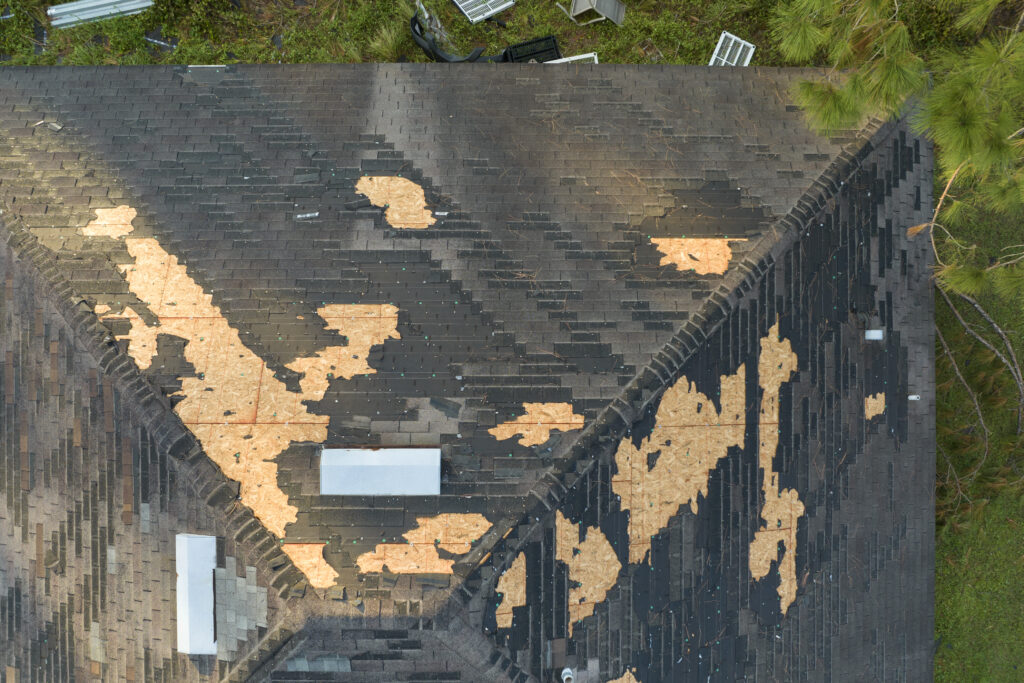We help homeowners stay protected and prepared with these seasonal home maintenance tips:
Spring – Inspect and Clean
- Check your roof for winter damage: Look for missing or damaged shingles, leaks, and debris.
- Clean your gutters: Clogged gutters can lead to water damage, roof rot, and foundation issues.
- Inspect siding and fencing: Look for signs of cracks, warping, or rot from snow and ice.
- Power wash siding and decks: Remove mold, mildew, and dirt buildup.
Summer – Repair and Refresh
- Paint touch-ups: Summer is the best time for exterior and interior painting projects.
- Check attic ventilation: Proper airflow helps reduce heat buildup and extend your roof’s lifespan.
- Fence repair: Fix broken boards or leaning posts before storms make them worse.
- Trim trees near your roof: Prevent falling limbs and reduce debris in your gutters.
Fall – Prepare for Cold Weather
- Clean and inspect gutters again: Leaves and debris can cause overflows and ice dams.
- Roof inspection: Look for wear from summer storms and get repairs done before winter hits.
- Seal windows and doors: Keep warm air in and cold air out to reduce energy bills.
- Check drywall and ceilings: Watch for signs of leaks, drafts, or cracks.
Winter – Monitor and Protect
- Watch for ice dams or snow buildup: These can lead to roof leaks or structural stress.
- Inspect for interior drafts: Insulation issues often show up during the coldest months.
- Check fencing and siding: Ice and snow can cause hidden damage to wooden structures.
- Have emergency contacts ready: Keep our number handy for 24/7 emergency roofing services.



